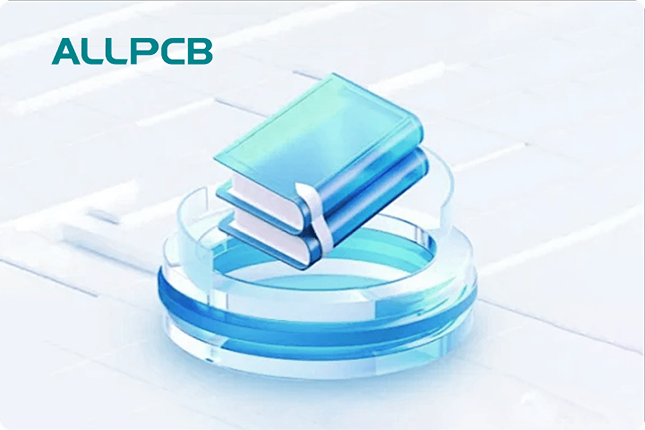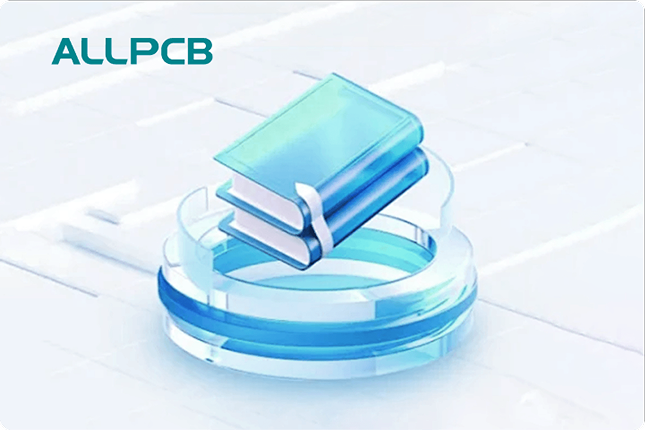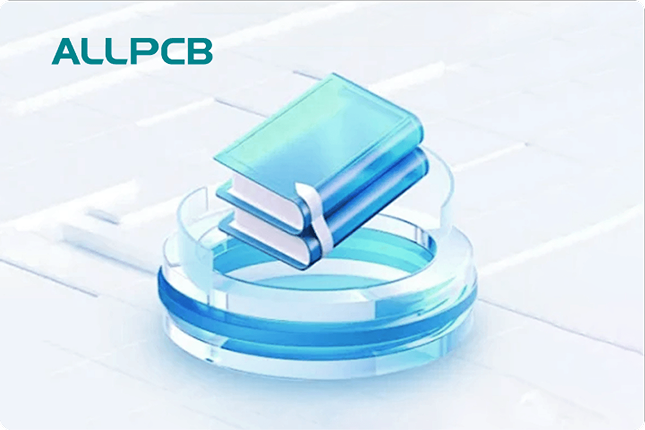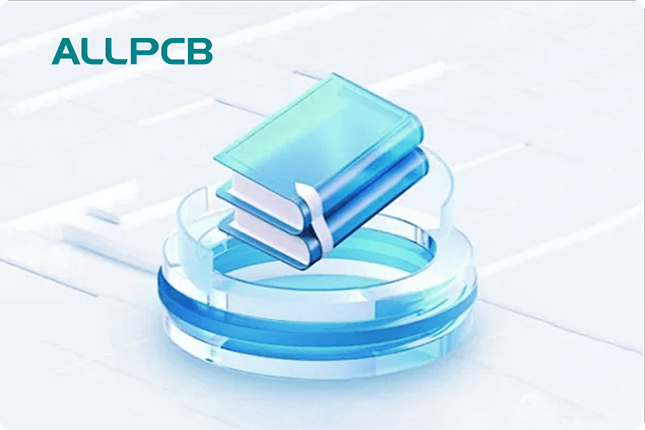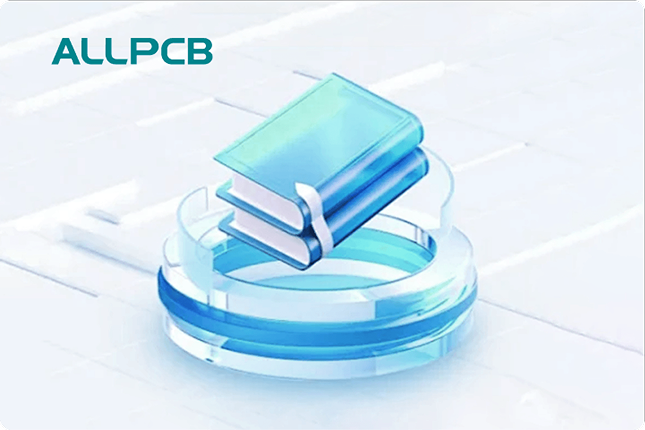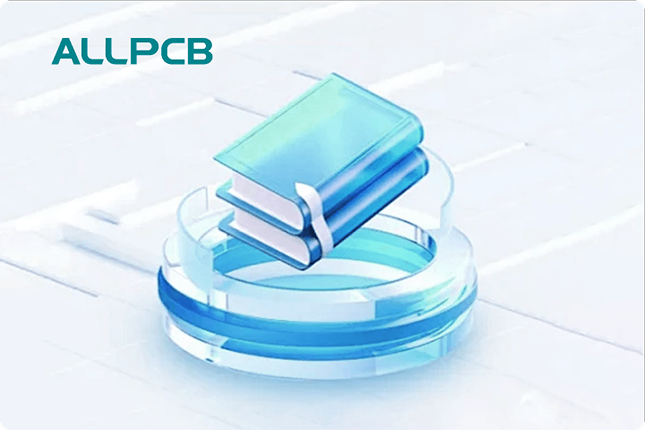If you're looking for reliable solutions for high-frequency applications, PTFE PCB prototyping services offer exceptional performance due to their low dielectric constant and high thermal stability. Whether you need PTFE PCB quick turn options for fast project timelines or PTFE PCB small batch production for testing and validation, this guide provides actionable tips and best practices to help you succeed. Let’s dive into the details of prototyping with PTFE PCBs and how to optimize your designs for efficiency and quality.
What Are PTFE PCBs and Why Use Them for Prototyping?
PTFE, or Polytetrafluoroethylene, is a specialized material widely used in printed circuit boards (PCBs) for high-frequency and high-performance applications. Known for its excellent electrical properties, PTFE has a low dielectric constant (typically around 2.1 to 2.5) and low loss tangent (around 0.0002 to 0.001 at 10 GHz), making it ideal for radio frequency (RF) and microwave circuits. These characteristics ensure minimal signal loss and high signal integrity, which are critical for applications like telecommunications, aerospace, and automotive radar systems.
When it comes to prototyping, PTFE PCBs are often the go-to choice for engineers working on designs that require precise impedance control and consistent performance under extreme conditions. Unlike standard FR-4 materials, PTFE can handle temperatures up to 260°C without degrading, and its non-stick properties make it resistant to environmental factors like moisture and chemicals. This durability and reliability make PTFE PCB prototyping services a valuable option for testing innovative designs before full-scale production.
Key Benefits of PTFE PCB Prototyping Services
Choosing PTFE PCB prototyping services offers several advantages, especially for engineers and companies focused on high-frequency or specialized projects. Here are some key benefits:
- High Signal Integrity: With a dielectric constant as low as 2.1, PTFE ensures minimal signal distortion, making it perfect for RF and microwave prototypes where precision is non-negotiable.
- Thermal Stability: PTFE withstands high temperatures without losing its properties, which is essential for prototypes tested in harsh environments.
- Low Moisture Absorption: PTFE’s resistance to water (absorption rate of less than 0.01%) prevents performance issues in humid conditions, ensuring consistent results during prototyping.
- Customizability: PTFE materials can be tailored for specific impedance values, often ranging from 50 to 75 ohms, depending on the design requirements of your prototype.
These benefits make PTFE an excellent choice for prototyping cutting-edge technology, especially when paired with quick turn and small batch services to accelerate development cycles.
Tips for Effective PTFE PCB Prototyping
Prototyping with PTFE PCBs requires careful planning and attention to detail to achieve the best results. Below are practical tips to guide you through the process, ensuring efficiency and high-quality outcomes for your projects.
1. Understand Your Application Requirements
Before starting, clearly define the electrical and environmental needs of your project. For example, if you’re designing a 5G antenna prototype, you’ll need a PTFE material with a dielectric constant close to 2.2 to maintain signal speed (often exceeding 70% of the speed of light in a vacuum). Determine the operating frequency range—say, 1 GHz to 30 GHz—and ensure the PTFE variant you choose supports those specifications. This step prevents costly redesigns and ensures compatibility with your end application.
2. Choose the Right PTFE Material Variant
Not all PTFE materials are the same. Some are reinforced with glass or ceramic fillers to enhance mechanical strength, while others are pure PTFE for maximum electrical performance. For high-frequency prototypes, opt for low-loss PTFE laminates with a loss tangent below 0.001. If thermal management is a priority, consider PTFE composites that offer better heat dissipation. Always consult with your prototyping service provider to match the material to your specific needs.
3. Optimize Your Design for Manufacturability
PTFE is softer and more flexible than traditional PCB materials like FR-4, which can pose challenges during manufacturing. To avoid issues like delamination or drilling inaccuracies, keep trace widths and spacing generous—aim for at least 5 mils for traces in high-frequency designs to maintain impedance control (typically 50 ohms for RF circuits). Minimize sharp corners in your layout to reduce stress points, and ensure vias are placed strategically to avoid signal interference.
4. Leverage PTFE PCB Quick Turn Services
Time is often a critical factor in prototyping. PTFE PCB quick turn services can significantly shorten lead times, sometimes delivering prototypes in as little as 24 to 48 hours for urgent projects. To make the most of these services, prepare your design files in advance using industry-standard formats like Gerber or ODB++. Double-check for errors in layer alignment or drill files, as even small mistakes can delay production. Clear communication with your service provider about deadlines and specifications also helps ensure a smooth process.
5. Start with PTFE PCB Small Batch Production
For initial testing and validation, opt for PTFE PCB small batch production. This approach allows you to order a limited number of boards—often as few as 5 to 10 units—to evaluate performance without committing to a large run. Small batches are cost-effective for identifying design flaws early, such as impedance mismatches (e.g., deviating from a target of 50 ohms by more than 5%). Use the feedback from testing to refine your design before scaling up.
Best Practices for PTFE PCB Prototyping
Beyond the basic tips, adopting best practices can elevate the quality of your PTFE PCB prototypes and streamline your development process. Here’s what to focus on:
1. Partner with an Experienced Service Provider
The complexity of working with PTFE requires expertise in material handling and manufacturing. Choose a prototyping service with a proven track record in PTFE PCB production. Look for providers who offer detailed technical support, such as stack-up recommendations or impedance calculations, to ensure your design meets performance goals. A reliable partner can also advise on cost-saving measures without compromising quality.
2. Prioritize Impedance Control in Design
Impedance mismatches can ruin high-frequency designs. For PTFE PCBs, aim for tight impedance tolerances—typically within ±5% of your target value (e.g., 50 ohms for most RF applications). Use simulation software to model signal behavior at frequencies like 10 GHz, and adjust trace dimensions or dielectric thickness accordingly. Many prototyping services offer controlled impedance testing to verify your design before full production.
3. Test Under Real-World Conditions
Prototyping is all about validation. Test your PTFE PCB prototypes under conditions that mimic their final application. For instance, if your board will operate in a high-temperature environment (up to 200°C), subject it to thermal cycling during testing to confirm stability. Measure key parameters like signal loss (should be less than 0.1 dB/inch at 5 GHz) and ensure they align with your expectations. Document all findings to guide future iterations.
4. Account for Material Costs in Budgeting
PTFE is more expensive than standard materials like FR-4, often costing 3 to 5 times more per square inch due to its specialized properties. When planning PTFE PCB small batch runs or quick turn orders, factor in these costs early. To manage expenses, minimize board size where possible and avoid over-specifying material properties—don’t opt for a dielectric constant of 2.1 if 2.5 suffices for your frequency range. Balancing performance and cost is key to a successful prototype.
5. Document and Iterate Based on Feedback
Every prototype run provides valuable data. Keep detailed records of design choices, test results, and manufacturing challenges. For example, if a small batch reveals a signal delay issue at 20 GHz, note the exact conditions and adjust trace lengths or material thickness in the next iteration. This iterative approach, supported by PTFE PCB prototyping services, ensures continuous improvement and a stronger final product.
Common Challenges in PTFE PCB Prototyping and How to Overcome Them
While PTFE offers unmatched performance, it comes with unique challenges during prototyping. Here’s how to address some common issues:
- Material Softness: PTFE’s flexibility can lead to deformation during drilling or assembly. Work with your service provider to use specialized tools and slower drilling speeds to maintain precision, targeting hole tolerances of ±0.002 inches.
- High Manufacturing Costs: As mentioned, PTFE is costly. Reduce expenses by optimizing board layouts to minimize waste and ordering only the necessary quantity through small batch services.
- Bonding Issues: PTFE’s non-stick nature makes it hard to bond with other materials. Use pre-treated PTFE laminates or consult your provider for compatible adhesives to ensure strong multilayer constructions.
How PTFE PCB Quick Turn and Small Batch Services Accelerate Development
In today’s fast-paced tech landscape, speed and flexibility are critical. PTFE PCB quick turn services allow you to receive prototypes in days rather than weeks, enabling rapid testing and iteration. For instance, a quick turn order might deliver a 4-layer PTFE board for an RF application within 72 hours, letting you validate a design before a tight project deadline.
Similarly, PTFE PCB small batch production supports agile development by providing just enough boards for initial testing—say, 10 units for a new 5G module. This minimizes upfront investment while maximizing learning opportunities. Together, these services help engineers bring innovative products to market faster without sacrificing quality.
Conclusion: Mastering PTFE PCB Prototyping
Prototyping with PTFE PCBs opens up a world of possibilities for high-frequency and high-performance applications. By leveraging PTFE PCB prototyping services, quick turn options, and small batch production, you can test and refine your designs with precision and efficiency. Remember to focus on material selection, impedance control, and real-world testing while partnering with an experienced provider to navigate the unique challenges of PTFE.
With the tips and best practices outlined in this guide, you’re well-equipped to tackle your next PTFE PCB project. Whether you’re designing for telecommunications, aerospace, or automotive systems, a strategic approach to prototyping ensures your innovation stands out in a competitive field. Start small, test thoroughly, and scale confidently with PTFE as your foundation.
 ALLPCB
ALLPCB


